Sinking The Oriskany
Sinking the Oriskany
Sinking of the Oriskany 17-May-2006
The Oriskany, a decommissioned aircraft carrier, was sunk 24 miles off the coast of Pensacola, Fla., on May 17 to form an artificial reef.
The sinking of the 888-foot ship took 37 minutes
I believe these Pictures were taken by the US Navy - they are not mine!!
The SMALL BOAT on the deck of carrier contains a generator and electronics to set off the explosions. It was designed so this small boat would float free after the carrier sunk!
Published - May, 18, 2006
A veteran of two wars, ship surrenders to sea
Larry Wheeler
Pensacola News Journal
A U.S. Navy warship whose service stretched from the Korean to the Vietnam wars surrendered to the sea Wednesday after explosive charges sent the vessel to the bottom of the Gulf of Mexico.
Contrary to Navy engineers' predictions of a sinking lasting as long as five hours, the decommissioned aircraft carrier Oriskany went down in just 36 minutes.
The dramatic conclusion came less than 48 hours after the carrier was towed from its berth at Pensacola Naval Air Station and then anchored on the site with its bow facing due south.
Hundreds of veterans and onlookers watched the spectacle Wednesday morning from the decks of dozens of charter boats and pleasure craft that trekked to the site of the sinking, about 24 miles south of Pensacola and 212 feet deep.
The process began under blue skies and a bright sun at approximately 10:25 a.m. when a blast from deep in the hull of the ship erupted through the open gaps in the hangar bay.
Bright orange flames flashed, followed by a deep boom that was heard and felt a mile away. Acrid brown smoke obscured parts of the ship for several minutes.
Once the smoke cleared, it was obvious the old flattop was going down far faster than expected.
Within 30 minutes, the ship listed hard to port, its fantail already in the water and hurricane bow pointed skyward.
In just a few dramatic moments, the vertical control tower submerged and then the tip of the bow slipped from sight.
Water around the vessel bubbled and frothed as air continued to escape from the sinking ship.
"It was an emotional moment," said Bill Dickson, a retired Navy captain and Escambia County commissioner who was instrumental in bringing the vessel to Florida for reefing.
One era ends, another begins
The Oriskany is the first of what Navy officials hope will be many obsolete ships turned over to coastal states for reefing to enhance the marine environment and to boost local economies through increased spending on sports fishing and recreational diving.
At 888 feet long, the ship is believed to be the world's largest man-made artificial reef. The sinking marked the first time the Navy intentionally scuttled such a large vessel so close to shore to be a reef.
Aircraft carriers are designed to be hard to sink, so the effort to set the big ship down upright was no easy task.
Whether the effort was a success won't be known for sure until later today when Navy divers check the ship and disarm any explosives that might not have detonated.
Robert Turpin, chief of Escambia County's Marine Resources division, was optimistic about the Oriskany's position.
"It looked like it did the right thing," said Turpin, shortly after returning from the site where the Oriskany sank.
Involved since the very beginning in the unusual bid to reef an aircraft carrier here, Turpin said he was surprised at the speed with which the Oriskany sunk.
He said the bubble pattern and the presence of two buoys that marked the positions of a documentary film crew's cameras signaled to him the carrier settled upright on the bottom.
"It leveled going down," said Turpin, who was within three-quarters of a mile as the ship sank.
As an artificial reef, the Oriskany is more valuable if it settled upright. That would make its vertical command tower reachable for recreational divers. If the ship is leaning on the bottom, the tower is deeper and harder to reach.
"We're all hoping as it settled on the bottom, it flattened out," said Edwin Roberts, who witnessed the scuttling from aboard the Nyhaven, an 85-foot pleasure yacht.
Either way, the wreck will be a huge attraction to sports fishermen, Roberts said.
'Mighty O's' roots
The Oriskany was named for a New York town that was the site of a bloody Revolutionary War battle.
She was the last of the World War II-era Essex class of carriers. Completed in time to serve in the Korean War, the Oriskany later underwent a series of upgrades to make room for larger, faster jet fighters.
During the Vietnam War, the Oriskany outperformed larger and newer carriers by launching more sorties and dropping more bombs.
In 1966, tragedy struck when 44 sailors and officers were killed in a fire that started on the hanger deck.
By 1976, the Oriskany had become a relic and was decommissioned. An estimated 45,000 sailors served aboard the vessel during her 26 years in the fleet.
The Navy tried repeatedly to discard the ship.
Three attempts to scrap her failed.
No one accepted an offer to turn the ship into a museum, unlike her famous sisters -- Intrepid, Yorktown, Hornet and Lexington.
Finally, in what might have been the ultimate indignity, experts at the Naval Historical Center excluded the Oriskany from a list of Navy inactive ships eligible for the National Register of Historic Places.
But the vessel dubbed by her crew as "Mighty O" may have had the last word.
The Navy spent more than three years and $20 million preparing Oriskany to become an artificial reef.
The project was repeatedly delayed to meet Environmental Protection Agency concerns about removal of hazardous substances including oil, fuel, asbestos and PCBs -- polychlorinated biphenyls, which are cancer-causing substances used throughout old ships in electrical equipment.
Even then, for a while, it seemed as if the 56-year-old flattop might never go down.
She was towed between Pensacola and Texas three times before the sinking was set.
Navy officials insist the time and money were well-spent to establish standards that will speed the reefing of other obsolete ships.
Not all of them will cost $20 million, deputy assistant secretary of the Navy for Installations and Environment said this week.
"The next one will be less," Don Schregardus said. "In fact, I would think it would be substantially less."
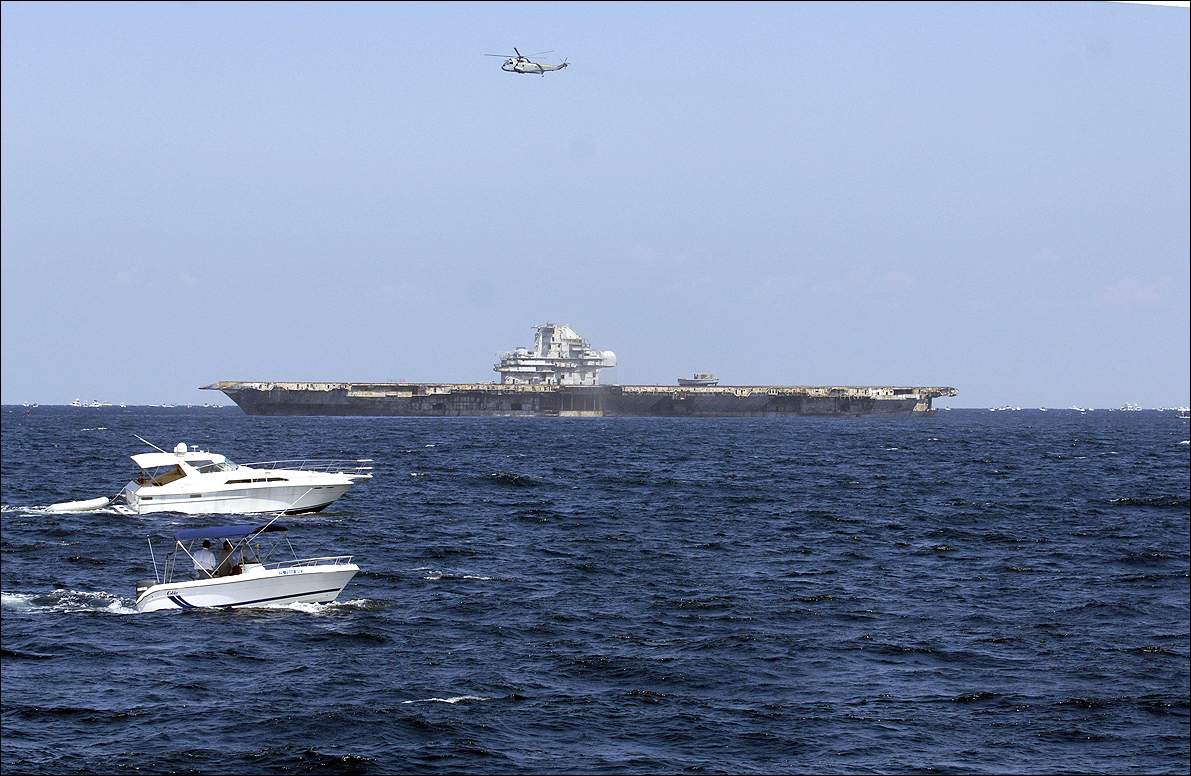
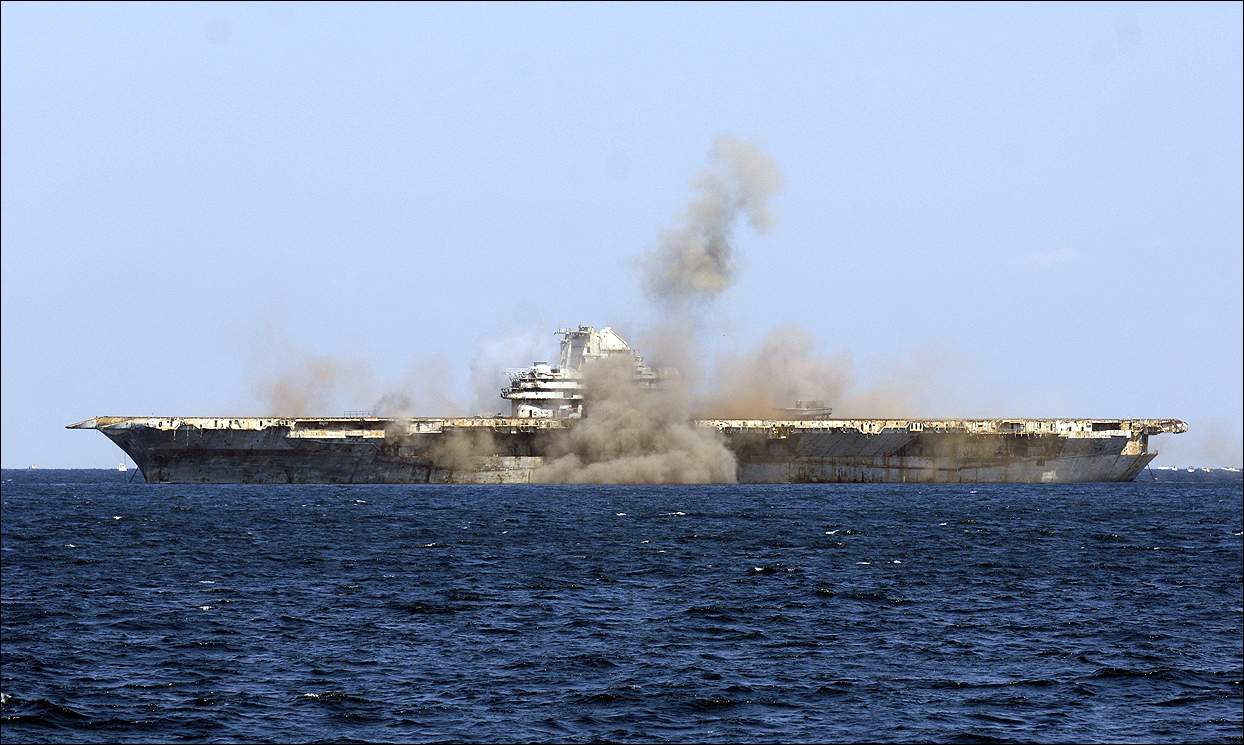
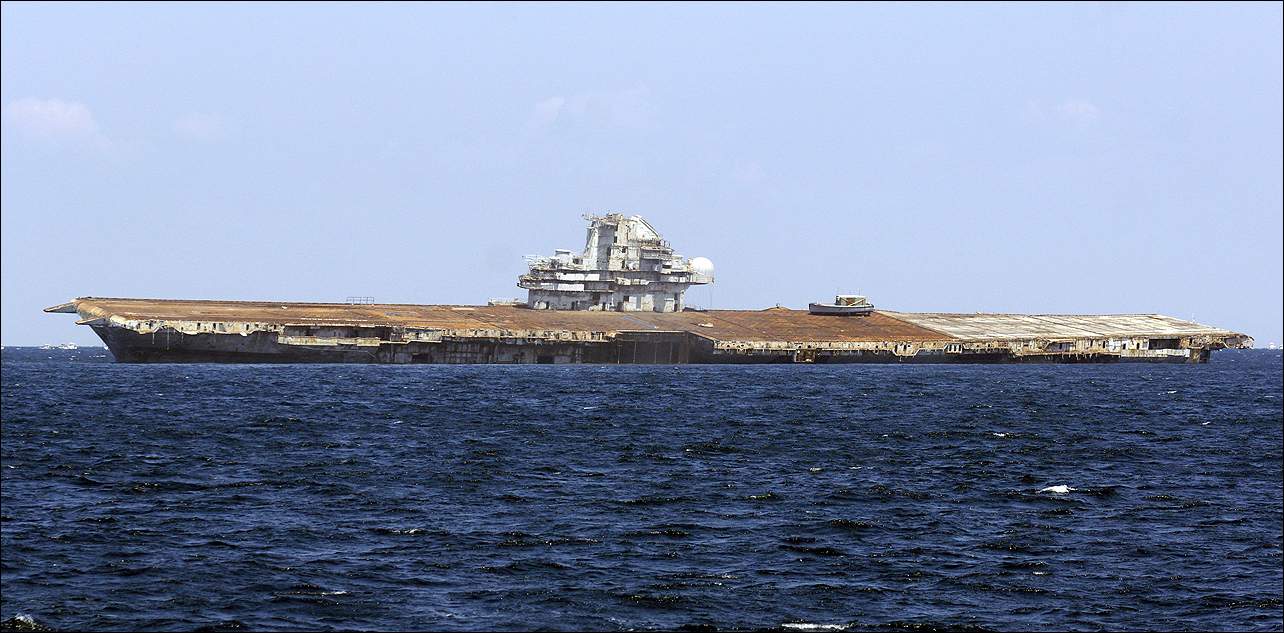
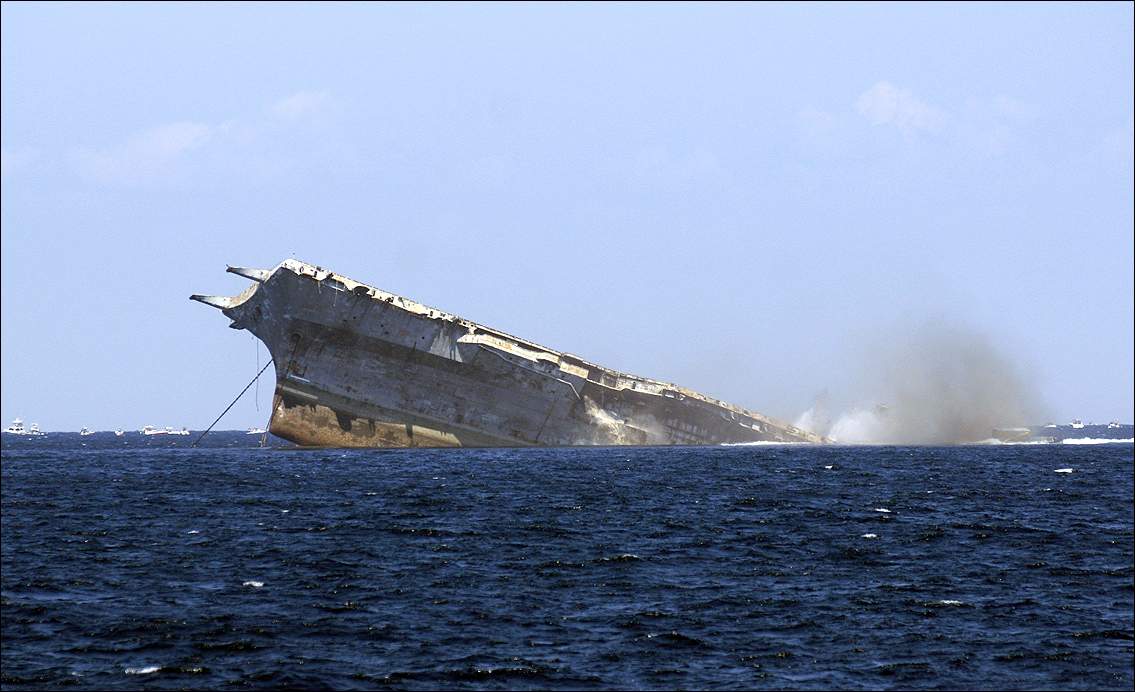
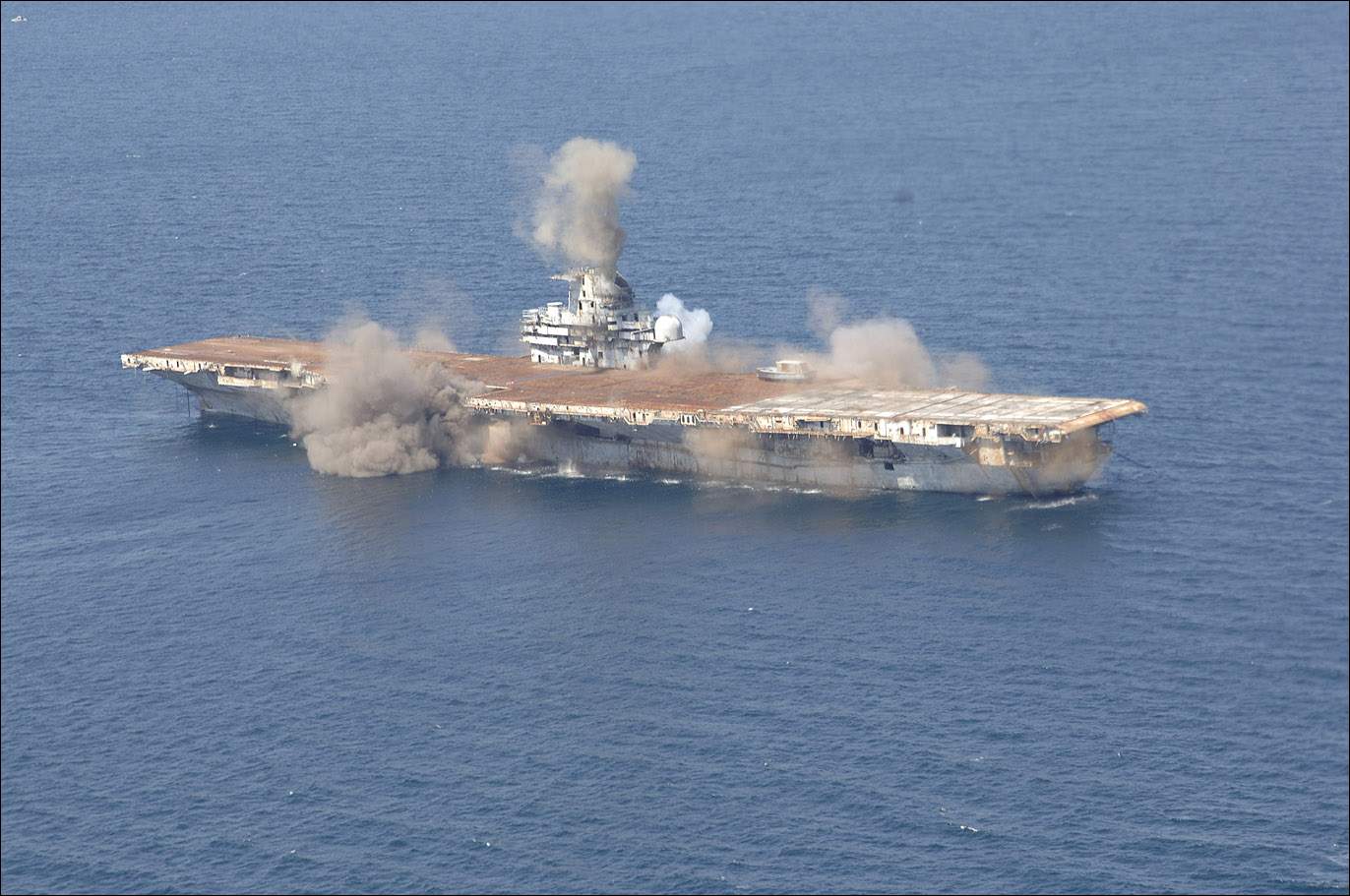
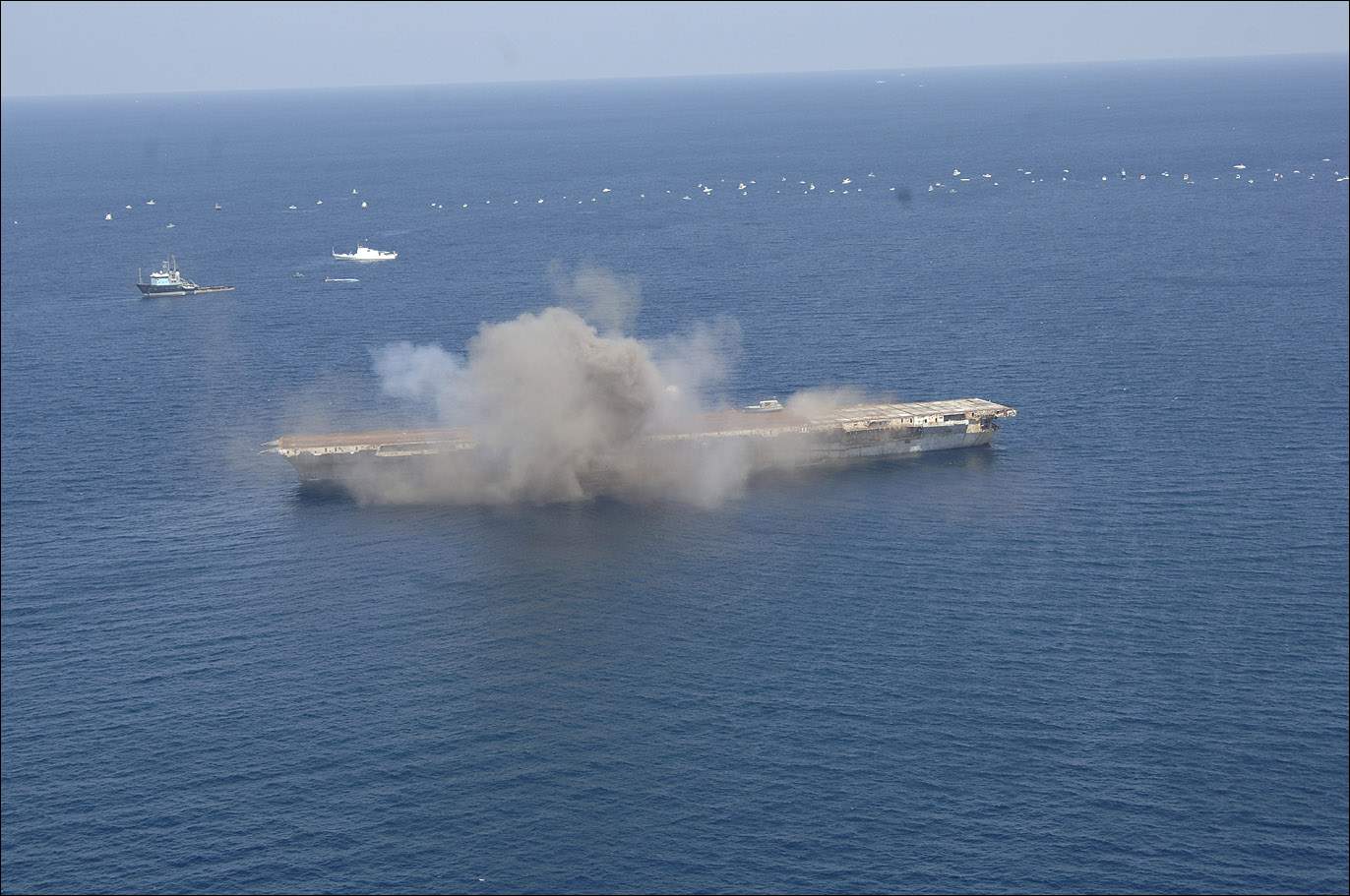
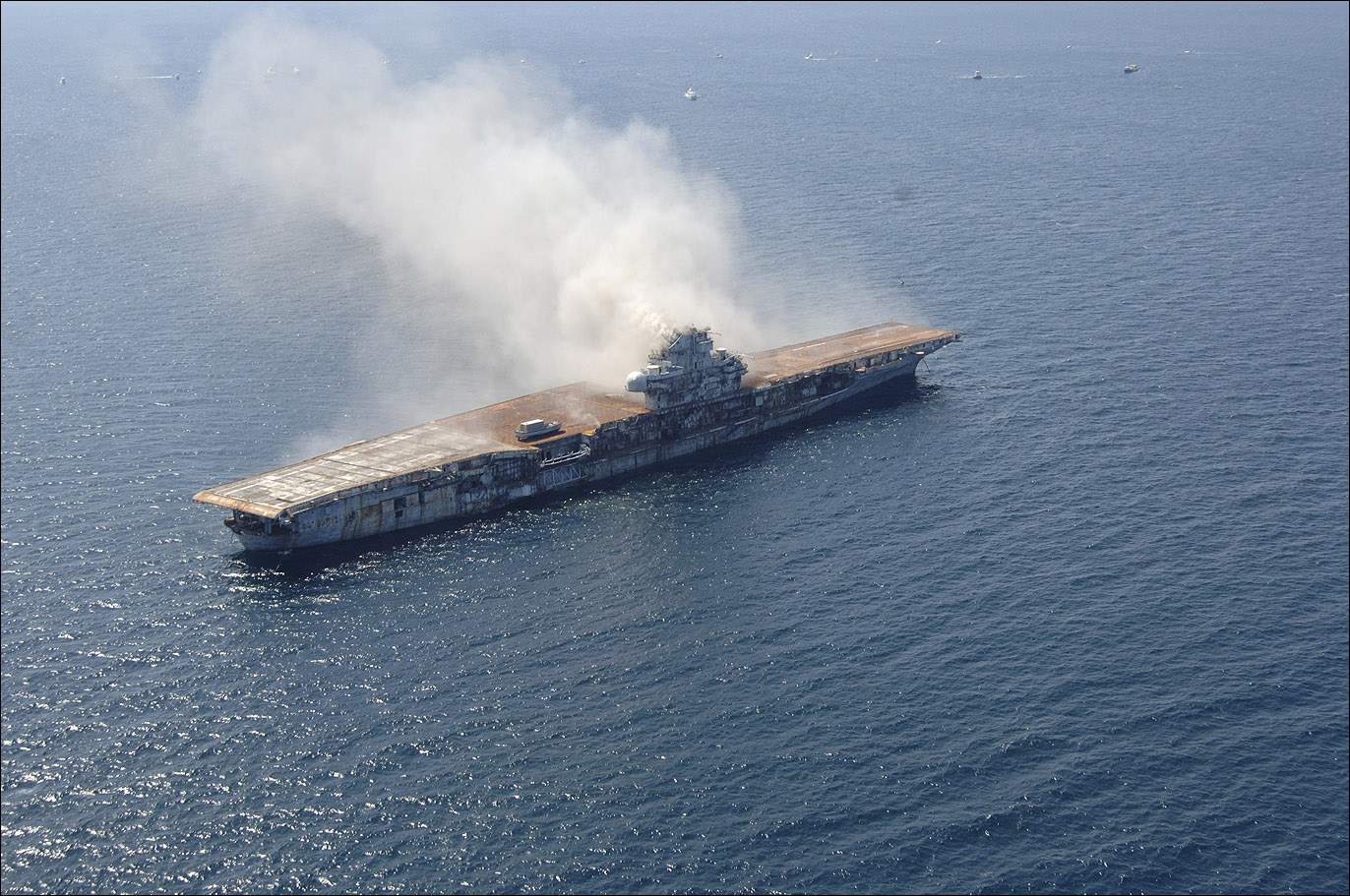
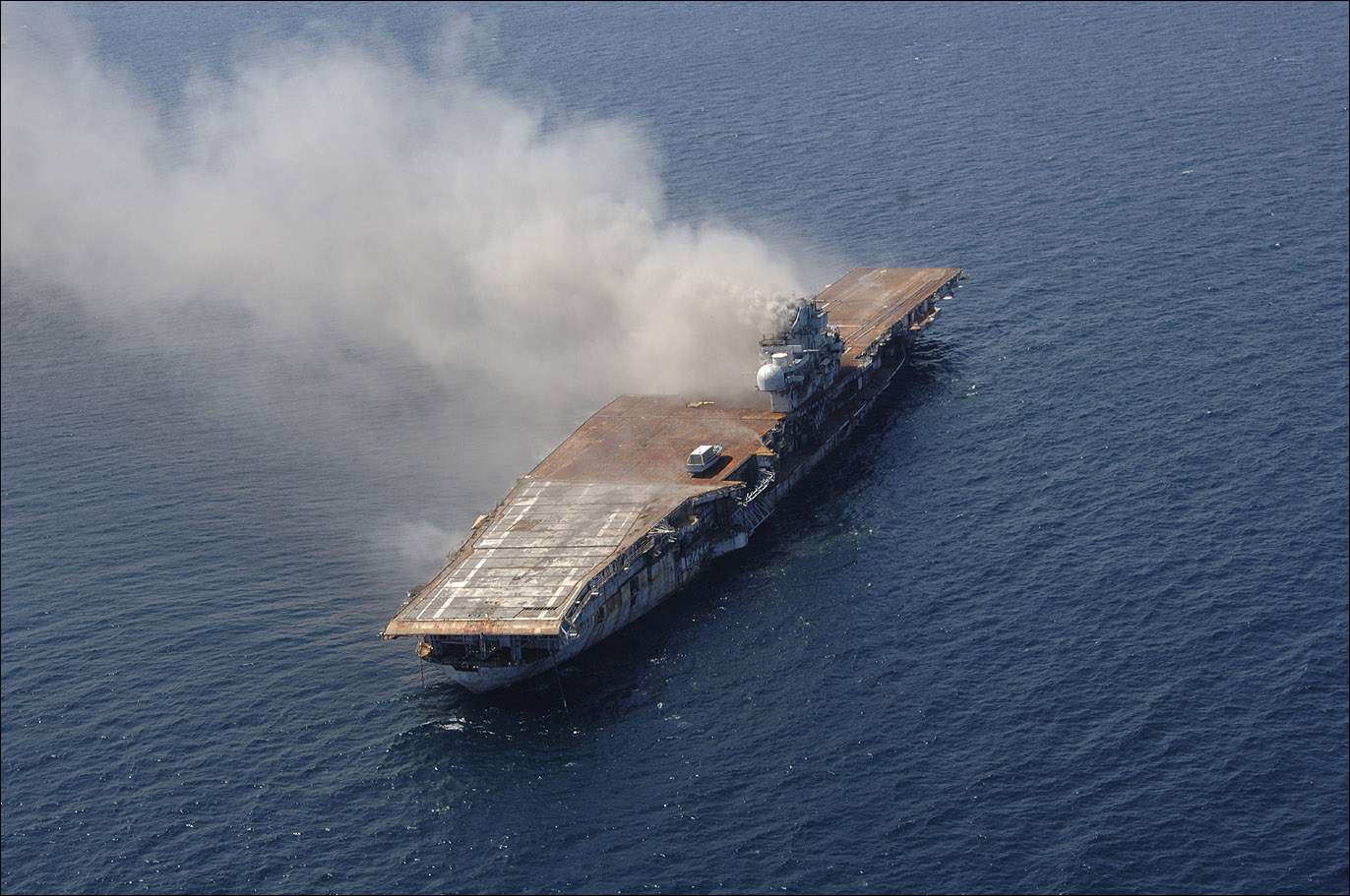
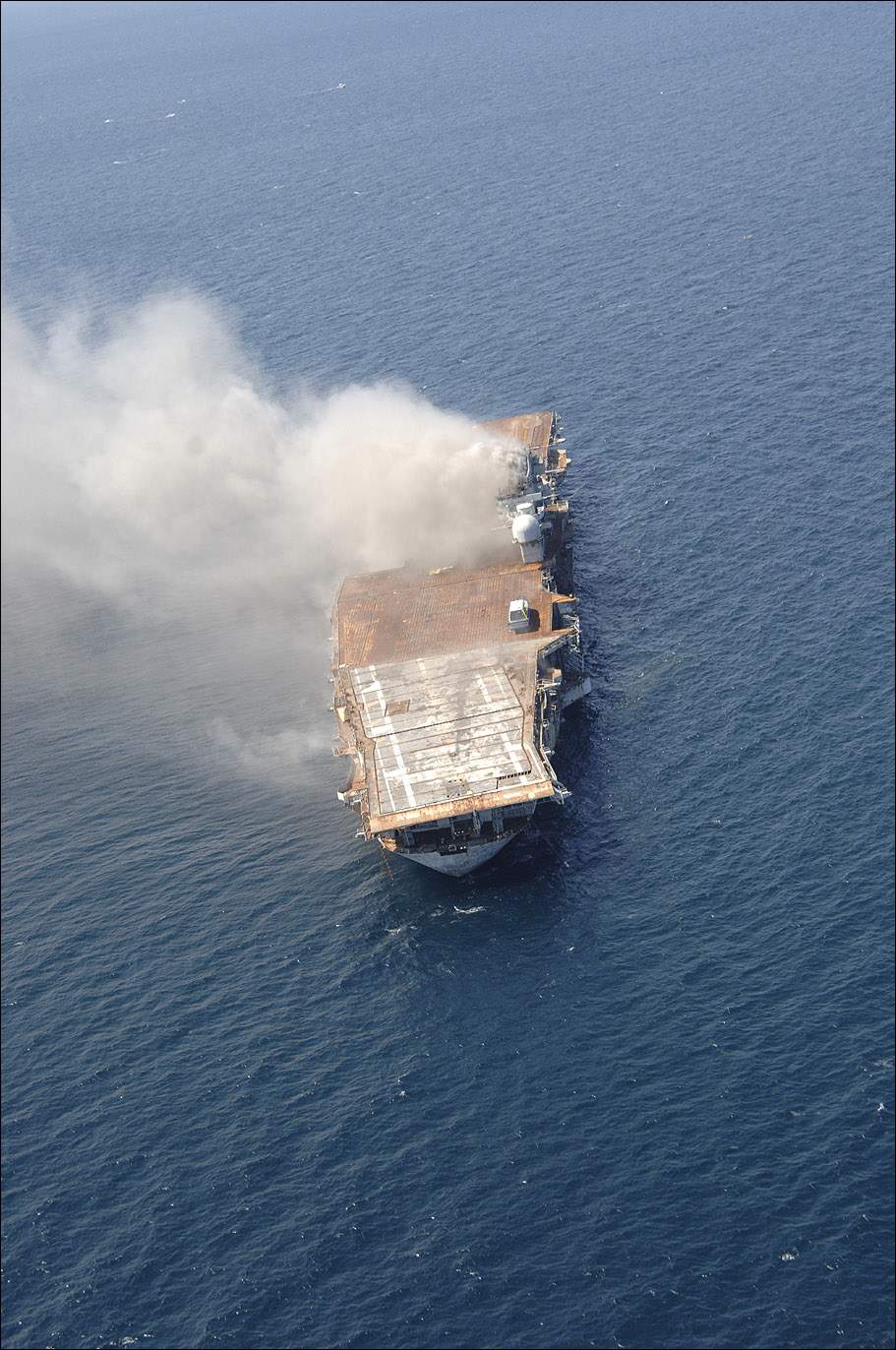
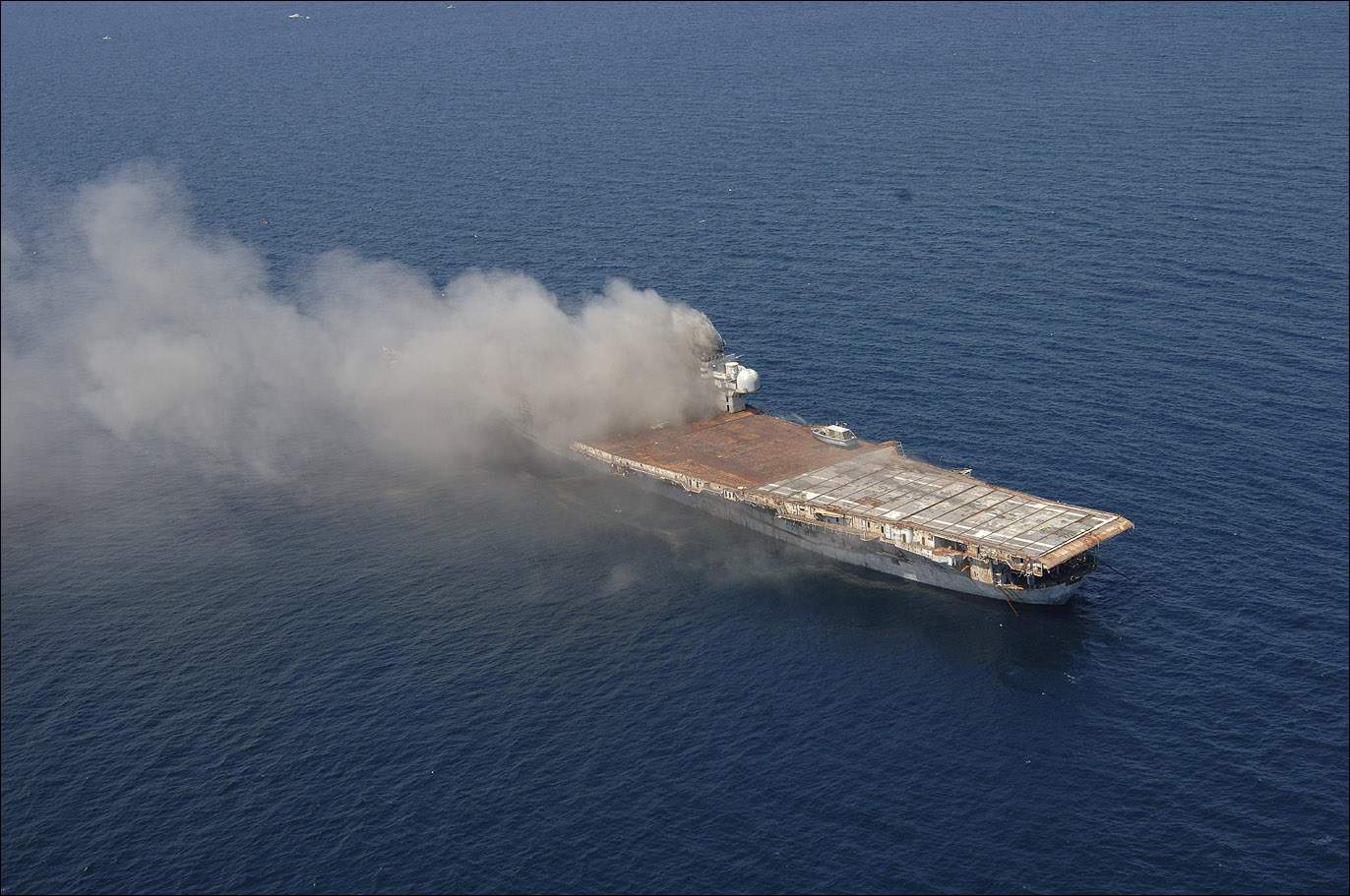
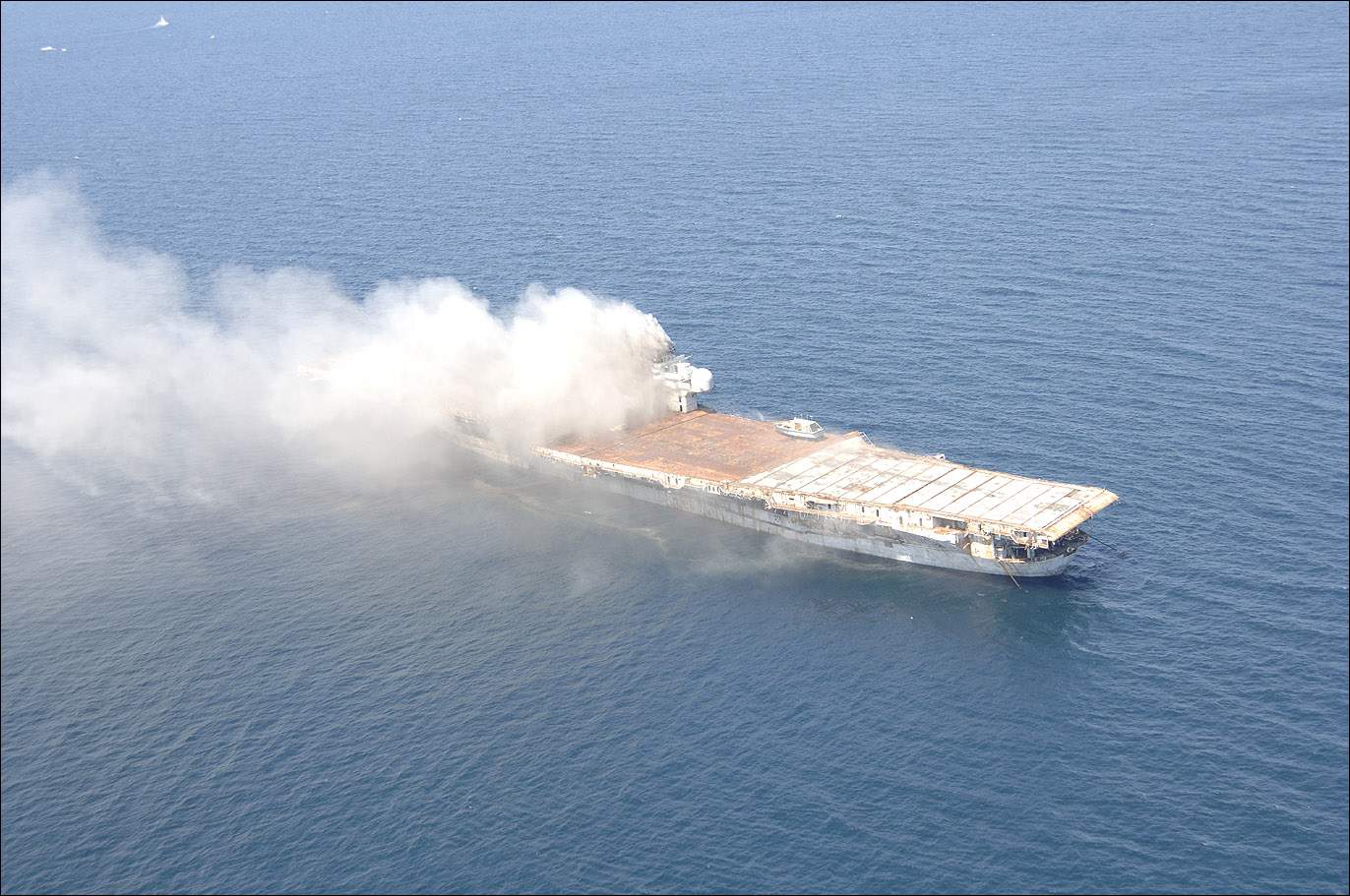

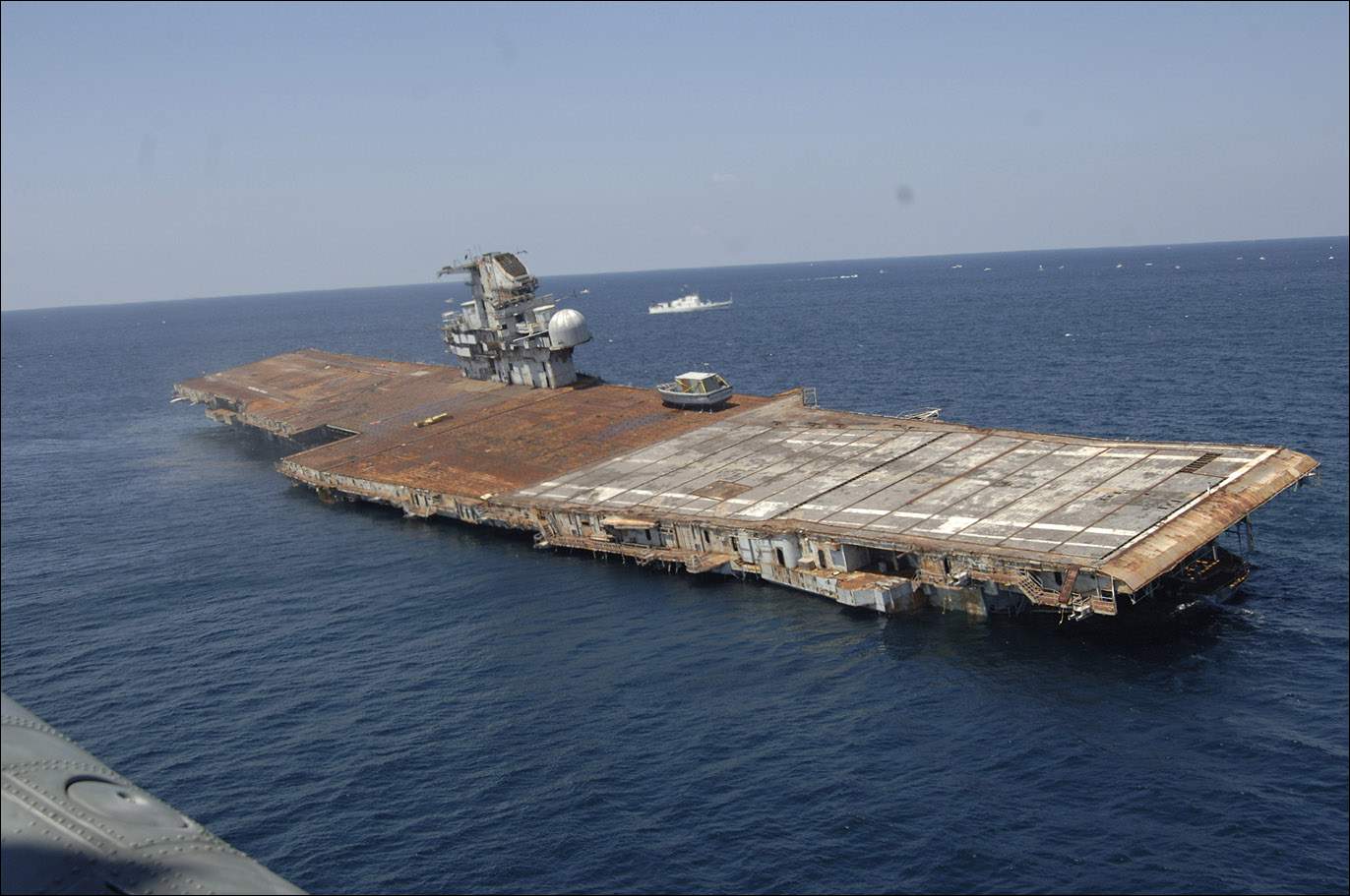
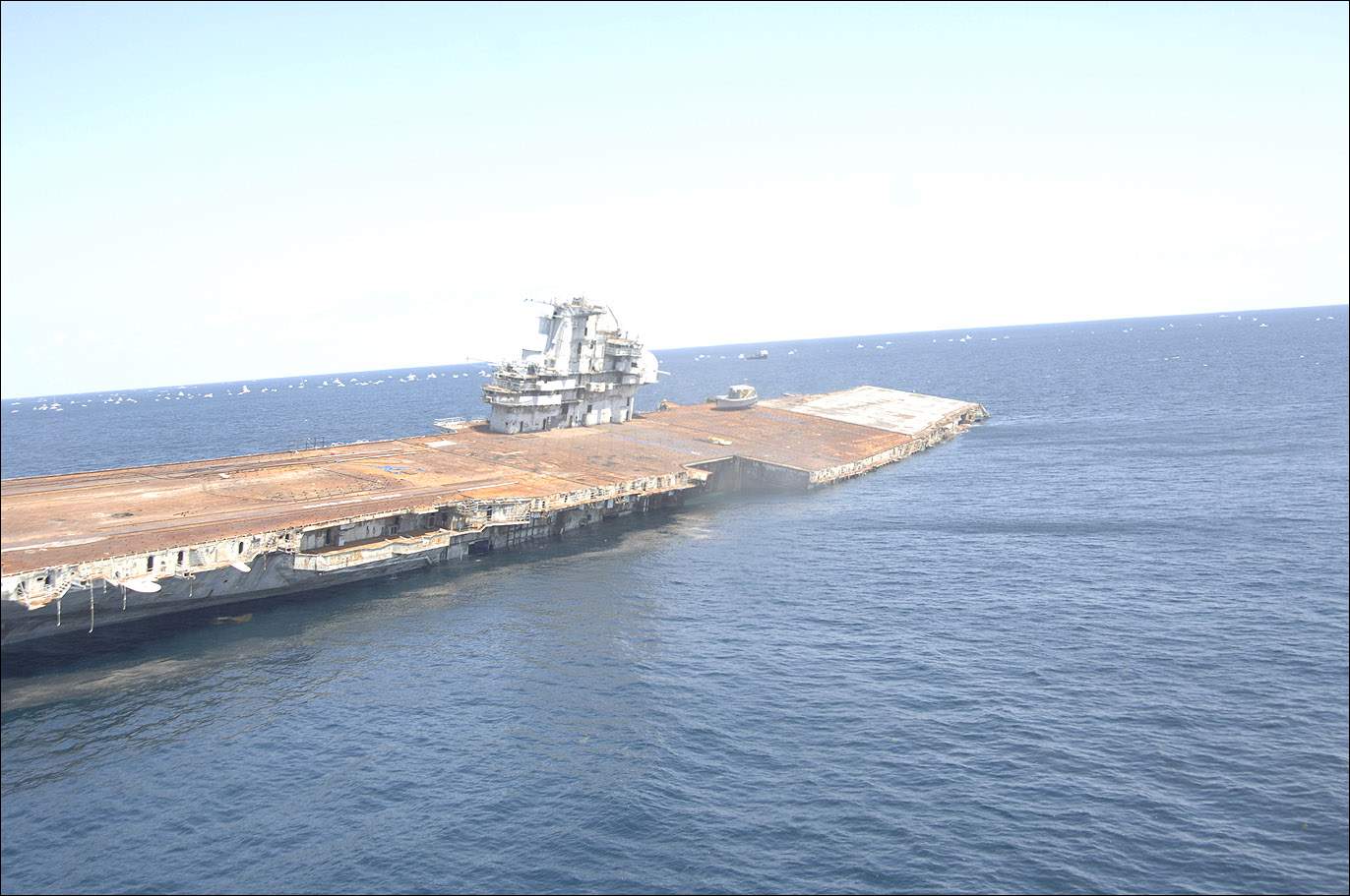
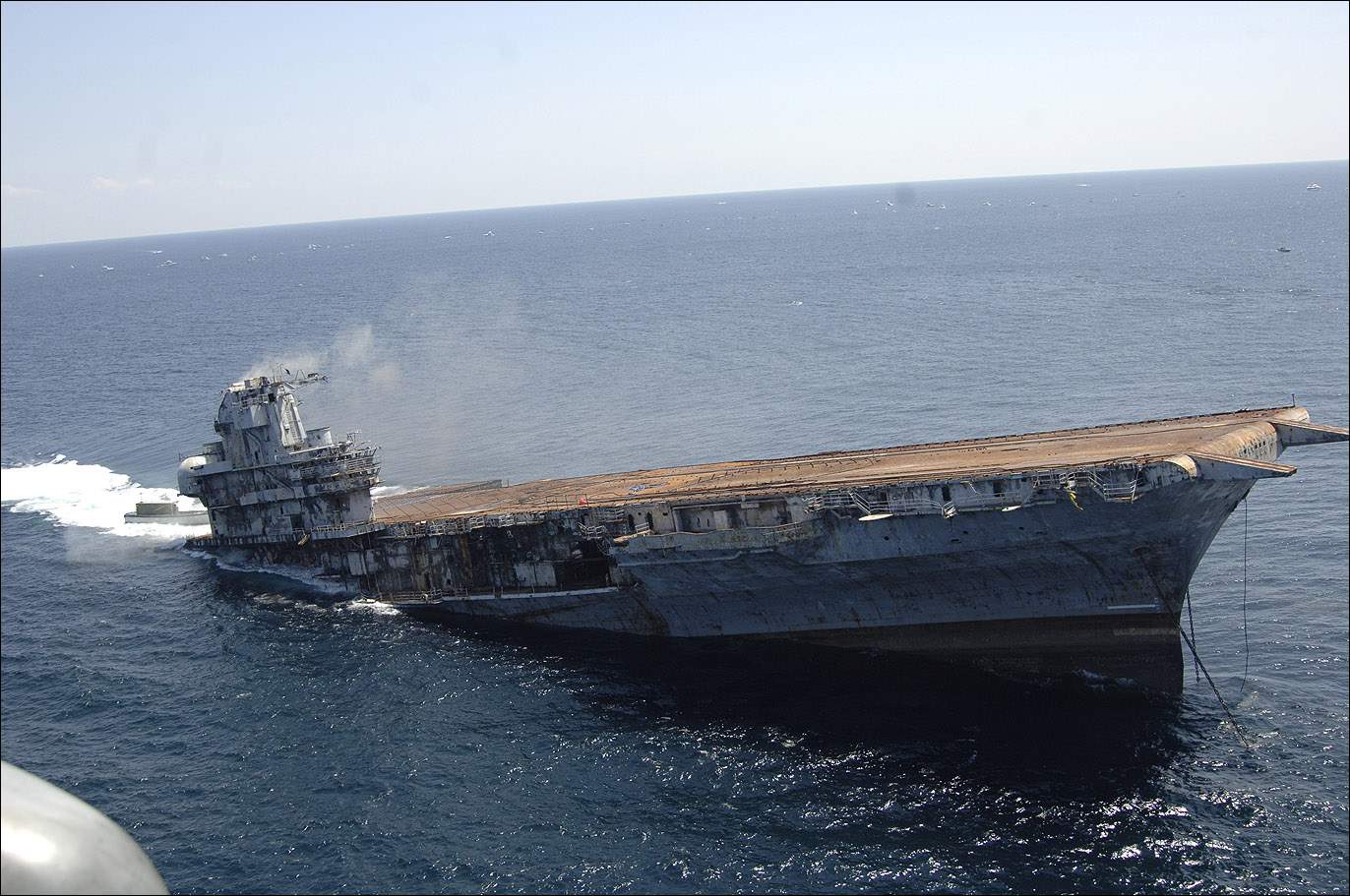
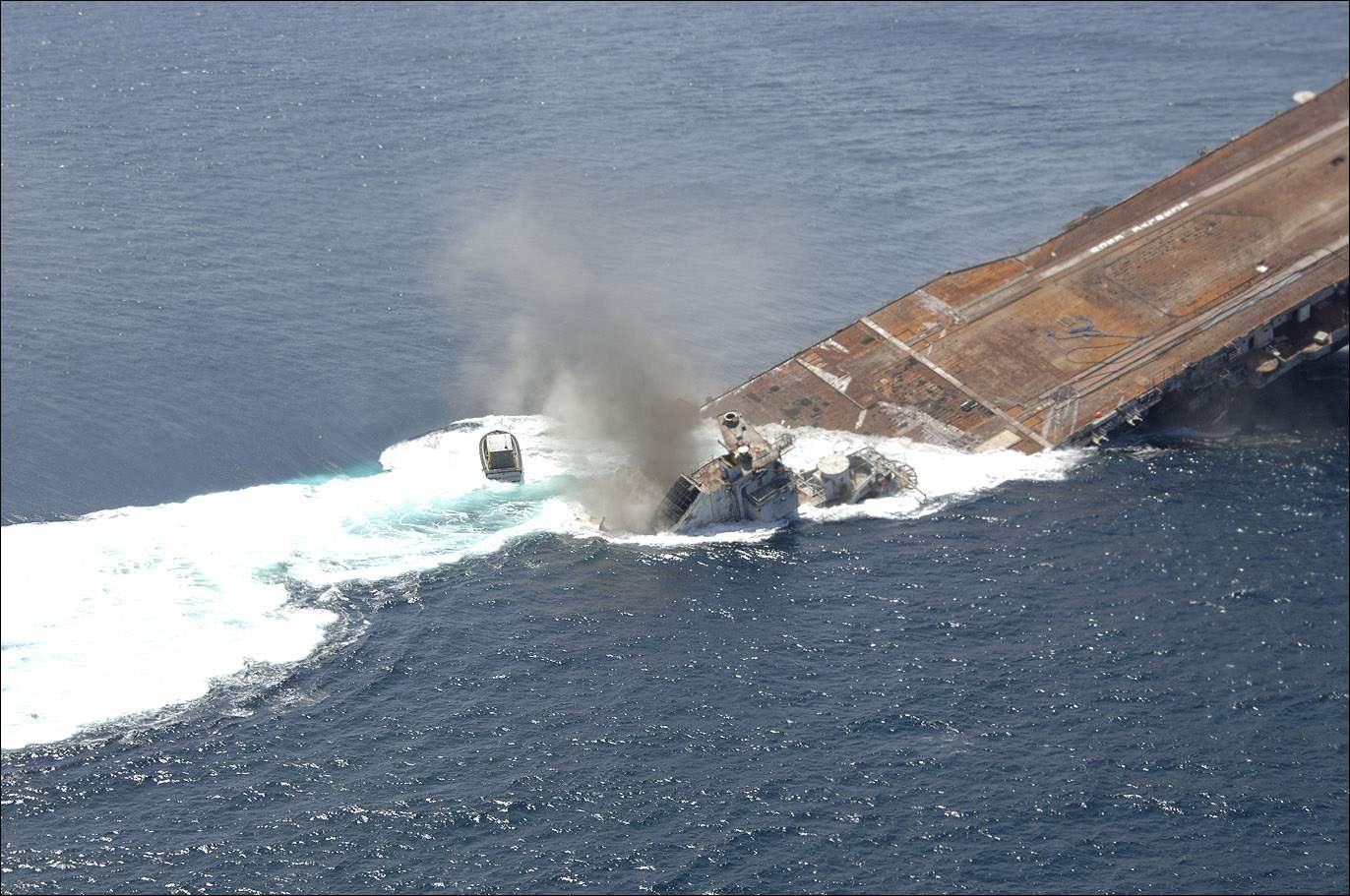
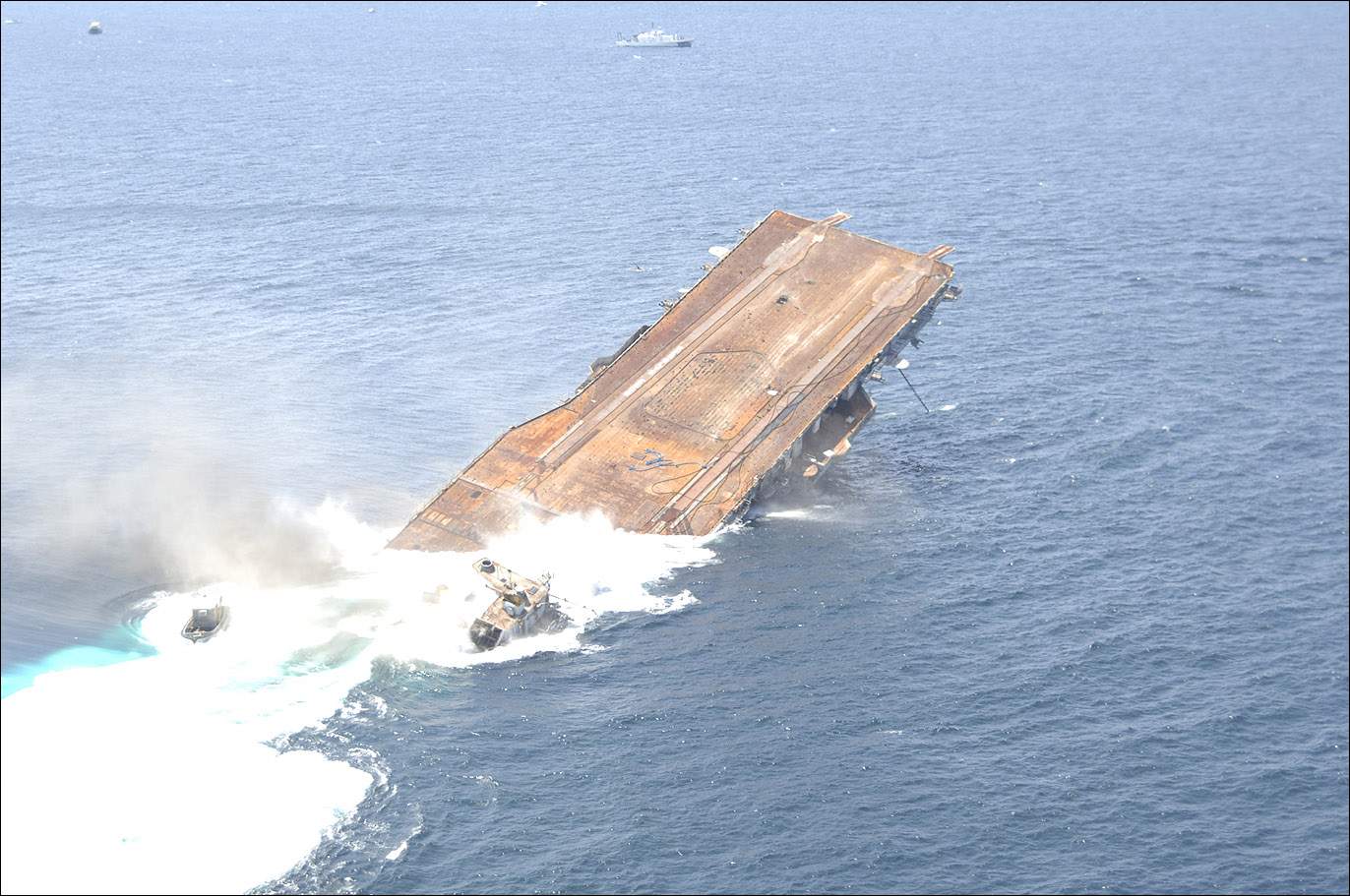
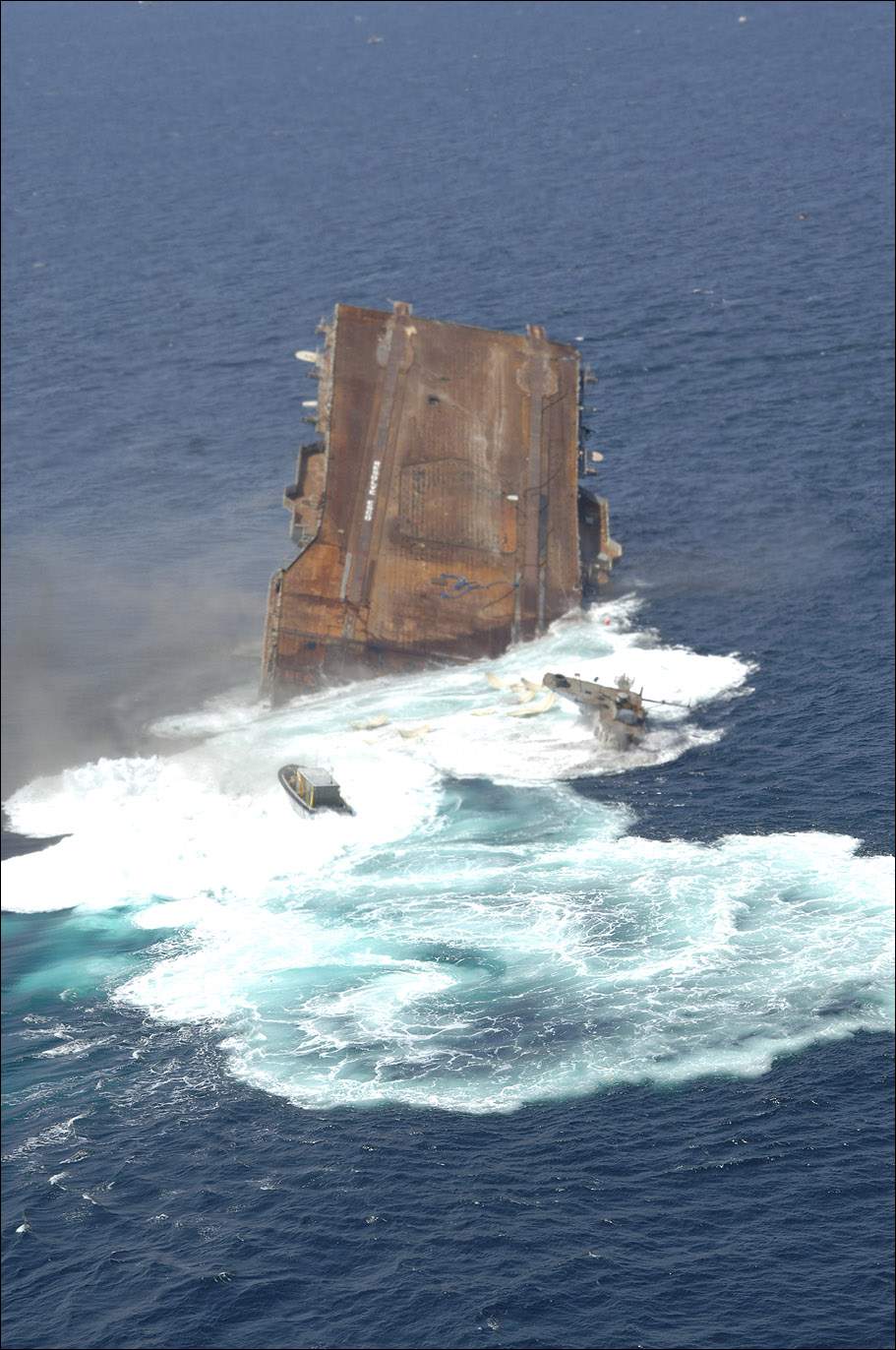
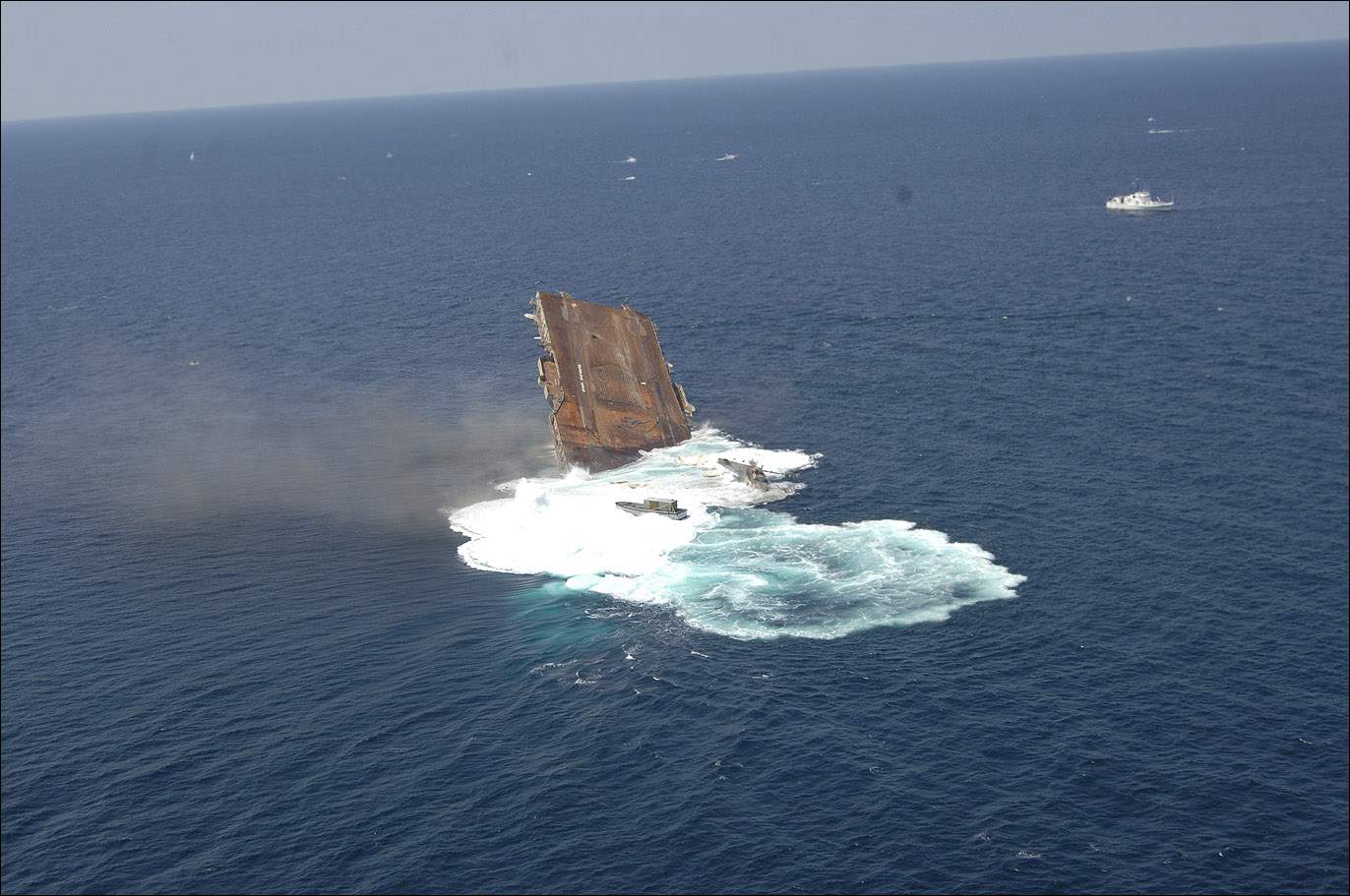
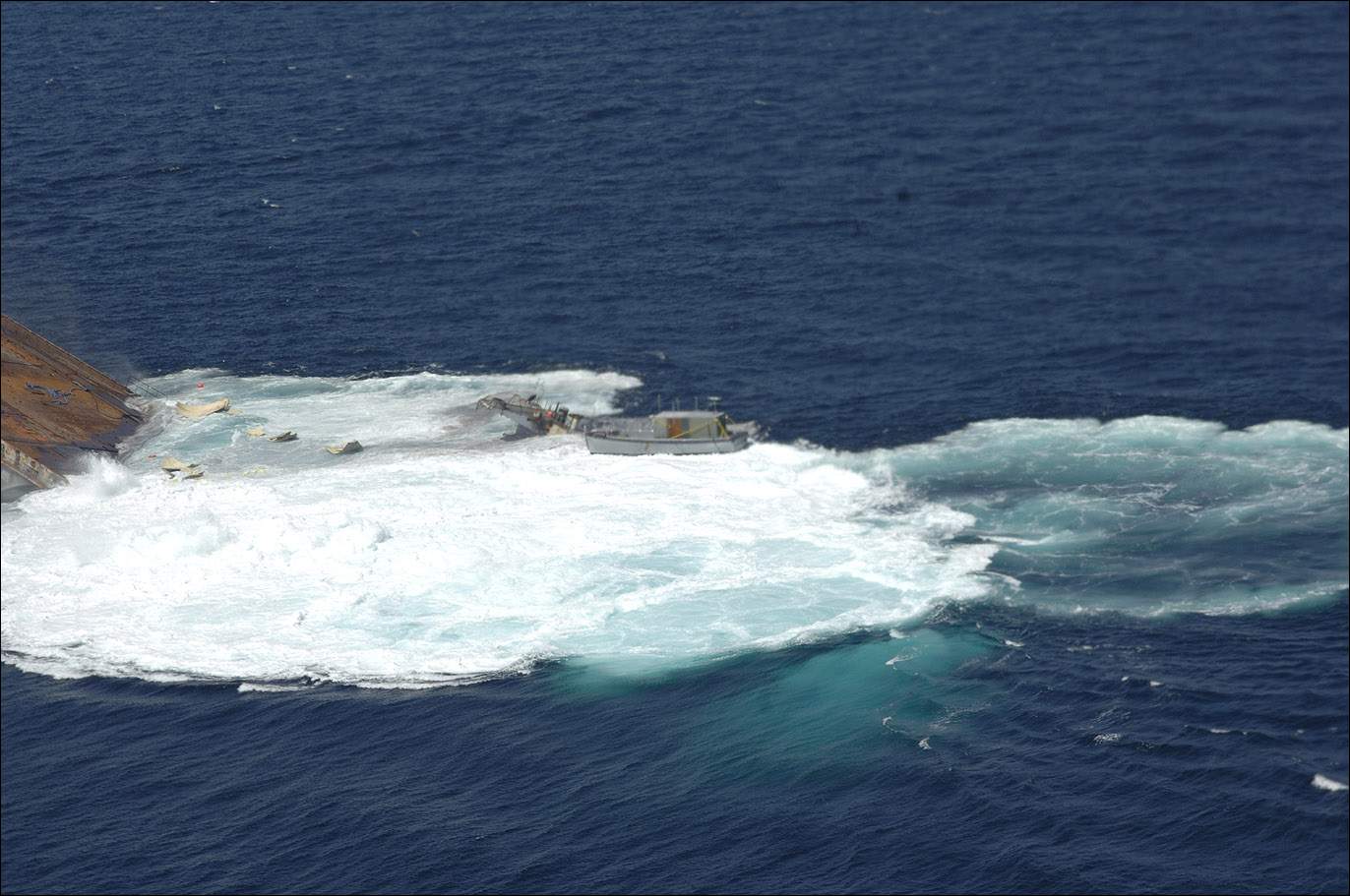
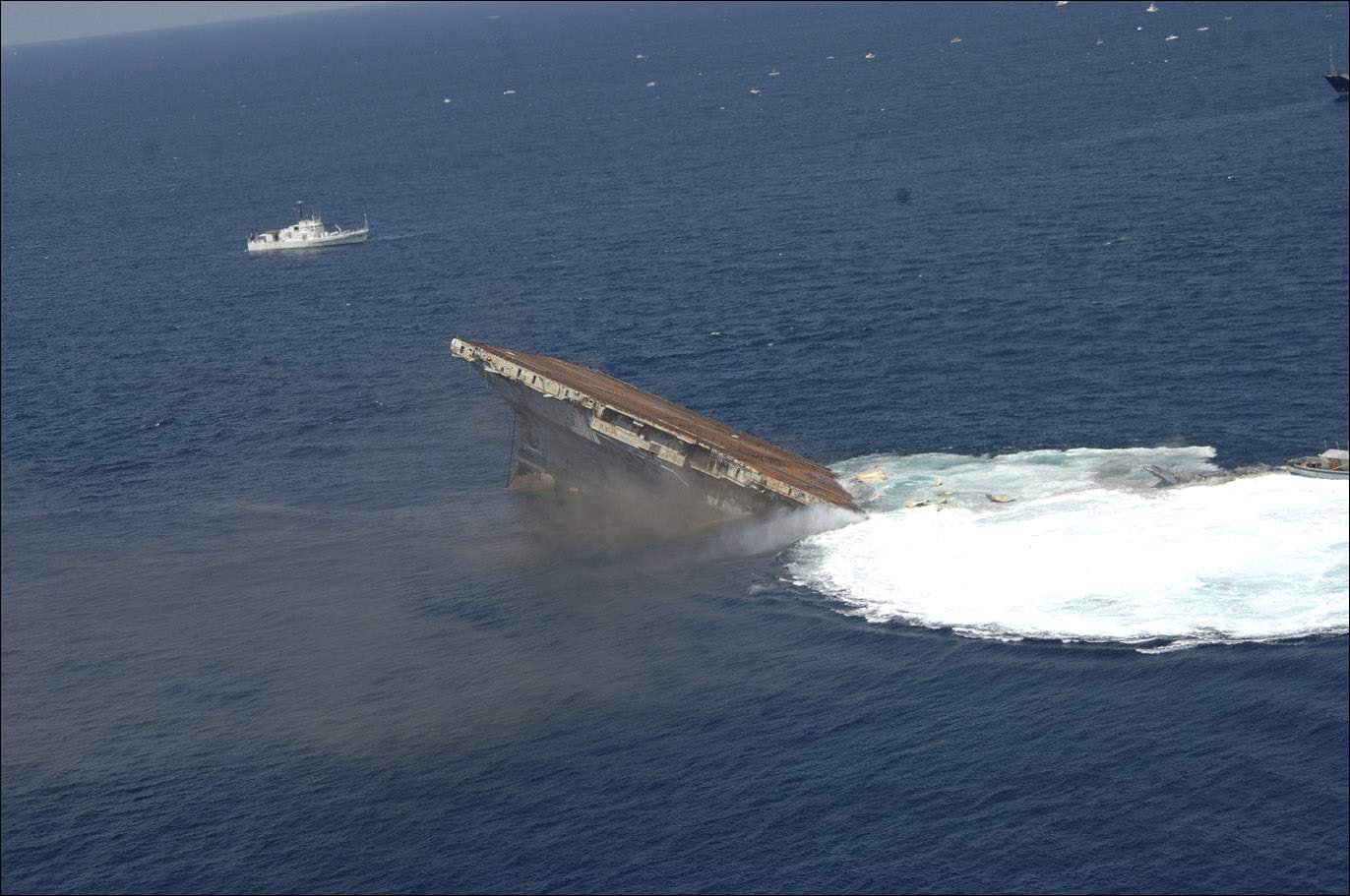


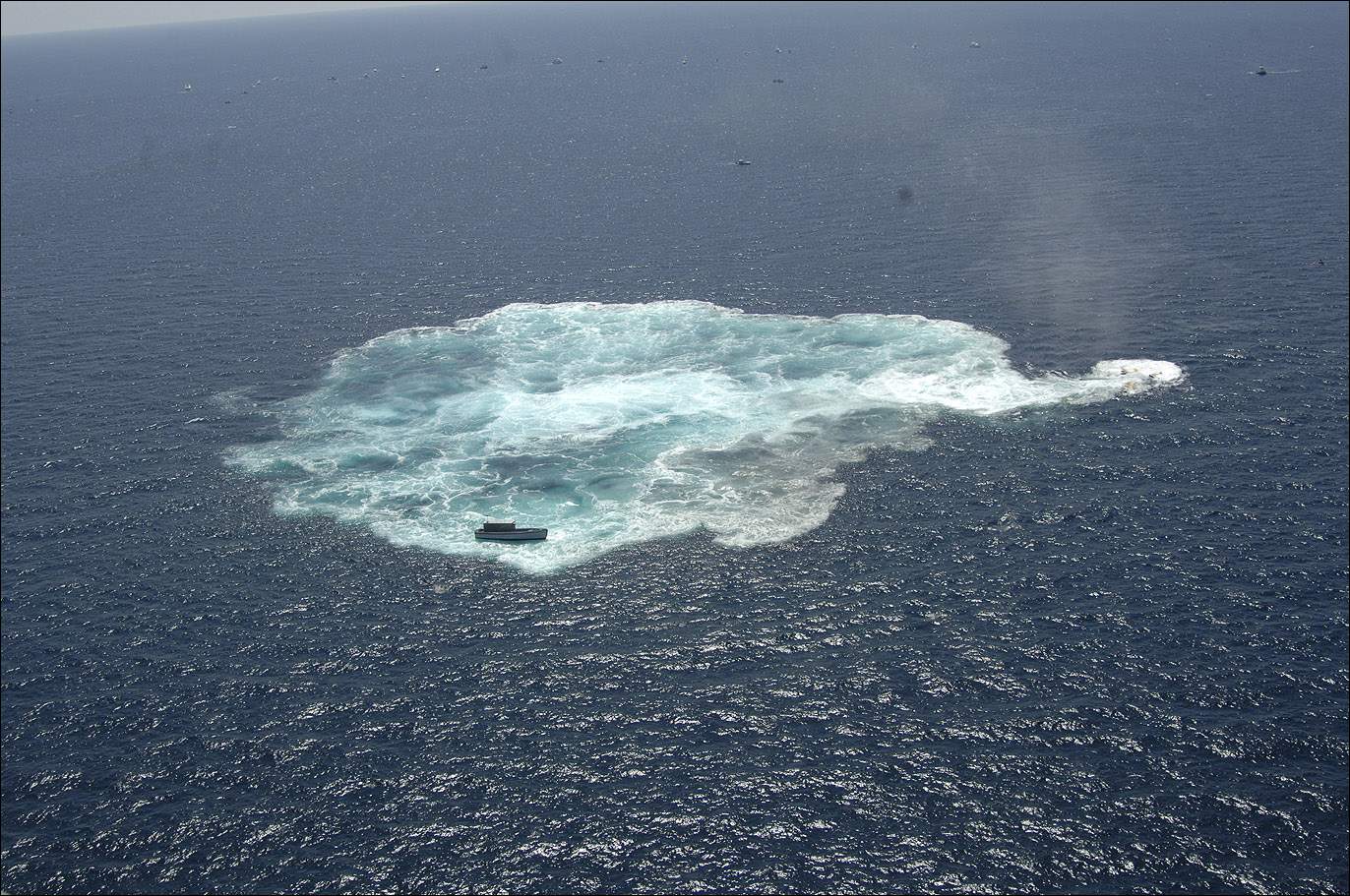
Last Updated: 24-May-2006
